


Contents

Preface Homemade sweets bring back memories from my childhood; they were special treats made by mom at home, my grandmother when visiting her, or during other special occasions. They were sweets made with love and care. I will never forget moms apple cake, baked with the seasons juiciest Gravenstein applesdelicious apples native to southern Denmarkwhich she would spend several Saturday afternoons collecting in the fall. A round cake tin filled with sugar cake dough, cinnamon, and apples found its way into the oven. The lovely smell of my moms apple cake would soon fill the kitchen and the rest of the living room. A golden temptation turned into the highlight of the day, best accompanied by a slight scoop of cream.
Nor will I ever forget the dark chocolate cake I wished for at each of my birthday parties. A soft kind with bright yellow vanilla cream. I can still remember the taste of the first bite as it melted in my mouth. Moms sweets were neither complicated or particularly fancy. But they were good.  A recent discovery of old recipes was my inspiration for this cookbook.
A recent discovery of old recipes was my inspiration for this cookbook.  A recent discovery of old recipes was my inspiration for this cookbook.
A recent discovery of old recipes was my inspiration for this cookbook.
Our grandmothers gathered friends and family in their living rooms over coffee tables filled with pound cake, layer cake, and cookies. Recipes for cakes often live on for generations, and theyre shared with friends and neighbors. Its important to keep traditional and tasteful classics alive. Some people choose to keep their family recipes secret and dont wish to share them with other people. However, I believe the opposite and I am more than happy to share my family recipes, that way other people can enjoy them as well. It brings me such joy when a friend of mine calls to tell me that she successfully tried out one of my family recipes and asks for more she can try.
Baking should never become a duty or a project of prestige. You should bake because you want to bake. If the cake doesnt turn out as you had hoped, try again. Just as the saying goes, practice makes perfect. The more you bake, the better you become at baking. Remember to spend some extra money on good quality ingredients, preferably organic ones from local producers.
Cakes dont have to look perfect. Unsuccessful cakes are the best kind, a visiting friend of mine once told me. I had made a marble cake that had sunk in the middle. It didnt look very appetizing, but it was filled with butter, eggs, and chocolate so I made my best effort to make it look somewhat edible. As I put the tray of my miserable looking cake on the table I started excusing myself, I must apologize, but... Surprisingly, the cake disappeared in a matter of seconds.
Baking is like magic. There is something special happening every time we mix flour, sugar, and butter. While the cake is rising in the oven, the house smells like happiness. And cakes always taste better when theyre shared with others. Happy baking! 
 Baking
Baking
through the ages Bread wasnt the only baked product back in ancient times. As early as the time of King David, cakes and other pastries were served.
During the Viking Age, Norwegian Vikings got their taste of sweets in between their plundering. The Vikings brought the recipes with them back home and we know that cookies and other pastries were served in the homes of Norwegians by the twelfth century. Honey was the only natural sweetener in baking before sugar, and it was heavily taxed. The worlds oldest known honey is approximately from 1400 BC and can be found in two jars in a farming museum in Egypt. It is said that you can still eat the honey. The wonderful smell of honey cakes filled with spices became popular, not only for their particularly good taste, but also because of how long they lasted.
Honey had become such an important ingredient within baking that by the seventeenth century Norways very own honey baking union was created. The union was created to protect the honey bakers interests. Up until the 1850s sugar was seen strictly as a medicine and was sold at a high price in pharmacies. It wasnt until people started to produce sugar in large quantities industrially that prices fell and regular people could afford the good, which had previously been regarded as a luxury product. Soon baking at home became more and more common within all classes of society. It became a tradition even for working class families to invite guests over for a cup of coffee, tea, or chocolate, and they competed in making the best and sweetest cakes.
Baking has become an important part of our food culture. In the eighteenth century millstones were increasingly used to produce fine, white flour. The mills were fundamental in the making of many fine cakes; served on special occasions such as holidays and parties in the homes of both the rich and poor. Cakes filled with cream and jam, many of them decorated with delicious berries and fruits. By the nineteenth century the stove was common equipment in Norwegian homes and baking became more widespread. Today, people are still very keen on their childhood baking memories and continue to bake the same recipes over and over again.
Christmas baking is governed by traditions, how diligent we are, the amount of time we have, and the number of sweet tooths we have in the family. Most nations have a tradition of serving cookies during Christmas, but whats particular about the Norwegian tradition is to serve seven different kinds of cookies, all at once. Back in the old days young ladies spent a lot of time preparing for marriage. They had to learn all the chores around the house. Mother and daughter baked together, discussed recipes, and argued over which ones to write down. 
 Tools and ovens Back in the old days, women would use wooden spoons and hand mixers when they made the dough.
Tools and ovens Back in the old days, women would use wooden spoons and hand mixers when they made the dough. 


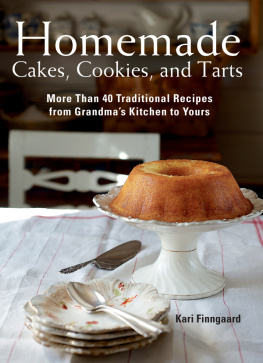
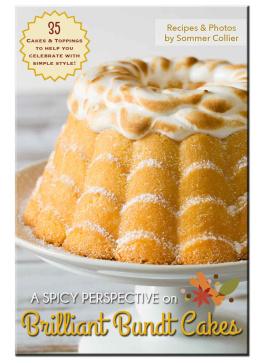
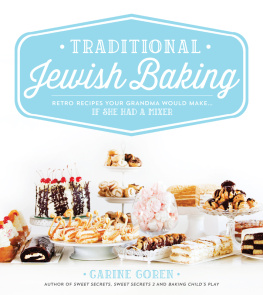

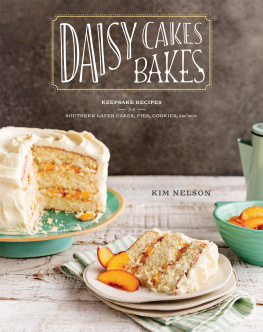
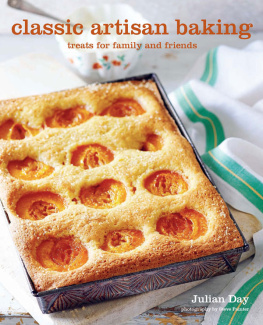
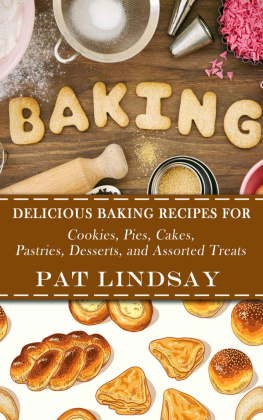
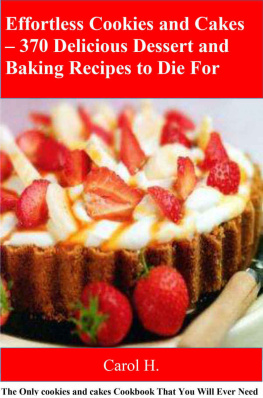
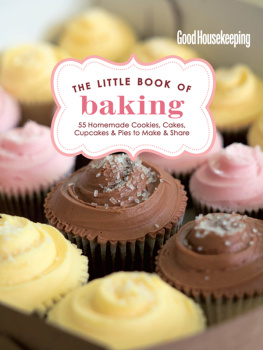




 Contents
Contents  Preface Homemade sweets bring back memories from my childhood; they were special treats made by mom at home, my grandmother when visiting her, or during other special occasions. They were sweets made with love and care. I will never forget moms apple cake, baked with the seasons juiciest Gravenstein applesdelicious apples native to southern Denmarkwhich she would spend several Saturday afternoons collecting in the fall. A round cake tin filled with sugar cake dough, cinnamon, and apples found its way into the oven. The lovely smell of my moms apple cake would soon fill the kitchen and the rest of the living room. A golden temptation turned into the highlight of the day, best accompanied by a slight scoop of cream.
Preface Homemade sweets bring back memories from my childhood; they were special treats made by mom at home, my grandmother when visiting her, or during other special occasions. They were sweets made with love and care. I will never forget moms apple cake, baked with the seasons juiciest Gravenstein applesdelicious apples native to southern Denmarkwhich she would spend several Saturday afternoons collecting in the fall. A round cake tin filled with sugar cake dough, cinnamon, and apples found its way into the oven. The lovely smell of my moms apple cake would soon fill the kitchen and the rest of the living room. A golden temptation turned into the highlight of the day, best accompanied by a slight scoop of cream.  A recent discovery of old recipes was my inspiration for this cookbook.
A recent discovery of old recipes was my inspiration for this cookbook. 
 Baking
Baking
 Tools and ovens Back in the old days, women would use wooden spoons and hand mixers when they made the dough.
Tools and ovens Back in the old days, women would use wooden spoons and hand mixers when they made the dough.